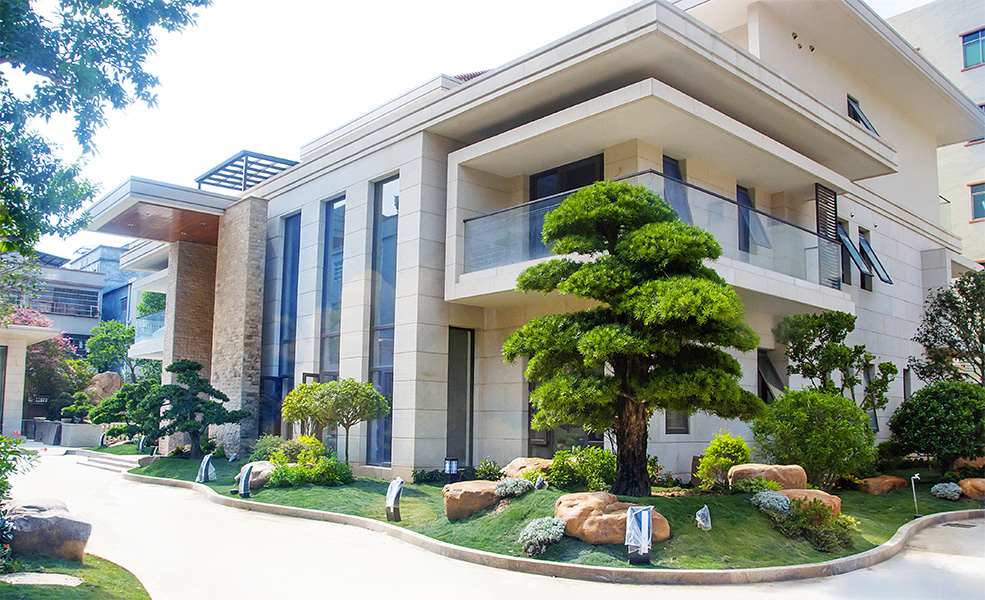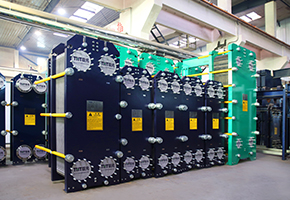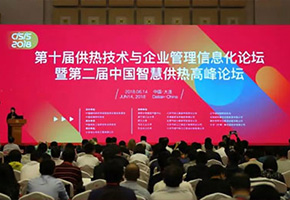Central heating
 THT Megaelement
THT Megaelement

Central heating is an important measure to save energy and improve the environment. It is an important infrastructure for urban economic and social development, and its level of development is a symbol of urban modernization. The continuous development of society and economy, as well as the improvement of comfort requirements for living environments, have driven the rapid development of the central heating industry and become the main heating method for people. Energy conservation, environmental protection, cost reduction, and efficiency improvement have become the primary issues to be addressed in the heating industry. The optimization design of the central Hydronics and the progress of heating technology are the preconditions to ensure the sustainable development of central heating, and achieve low energy consumption to obtain a high-quality environment.
The adoption of advanced technological equipment, high-tech materials, and products with high power, high efficiency, and low energy consumption is an important energy-saving measure. THT Juyuan has always been concerned about the progress and development of the heating industry. For more than 20 years, it has been committed to strengthening the research and promotion of heat transfer technology, continuously creating value and benefits for users. It not only saves a lot of energy, but also greatly reduces metal consumption. It started from providing high-efficiency plate heat exchanger products to providing the design and service of fully automated unmanned pre assembled integrated heat exchange stations, From the development of patented products for unequal cross-section panel heat exchangers in 1991 to the successful application of high-pressure plate heat exchangers in pressure isolation heat exchange stations, advanced equipment guarantees and professional solutions have been provided for the technological progress of centralized heating.
In the central heating industry, unequal cross-section panel heat exchangers are widely used. They design heat transfer plates into herringbone shaped ripples with unequal cross-sectional areas of the fluid channels on both sides, allowing adjacent plates with larger cross-sectional areas to form a wide flow channel and those with smaller cross-sectional areas to form a narrow flow channel. The ratio of cross-sectional areas is 2:1, and the corner holes on the plates are also divided into two sizes. The medium with larger flow rate passes through the large angle hole and the wide flow channel, while the medium with smaller flow rate passes through the small angle hole Narrow channel. Unequally cut panel heat exchangers not only have the characteristics of equal cut panel heat exchangers, but also have the following significant features:
·Improve the heat exchange capacity: because of the special structure of the heat exchanger, it is especially suitable for the working conditions where the treatment capacity of the cold and hot sides is ≥ 2:1. Because the cross sectional area ratio of the flow channel is 2:1, in the case of a single process, the flow rate between the cold and hot media is close to or equal to improve the Heat transfer coefficient, that is, improve the heat exchange capacity of the plate heat exchanger.
·Reduce investment cost: when the processing capacity of cold and hot media is ≥ 2:1, the Heat transfer coefficient of unequal section heat exchanger can be increased by 20-30%, and the heat exchange area can be reduced by 20-30%, reducing the equipment investment cost.
·Low pressure loss: Due to the fact that unequal cross-section panel heat exchangers are usually single process, and the heat transfer plates adopt unequal cross-sectional flow distribution, the processing capacity varies, and the flow rate between plates is more reasonable than that of equal cross-section types, effectively reducing pressure loss.
·More convenient to use: Due to the fact that unequal cut panel heat exchangers are usually single process, with pipe nozzles on one side of the fixed plate and unrestricted movable plates, it greatly facilitates the installation, debugging, combination changes, cleaning, and maintenance of users.
Now, more and more central heating projects are beginning to recycle the waste heat generated in thermal power plants, and Cogeneration has become a widely recognized energy-saving method. As one of the main equipment of Cogeneration, the heat supply network heater uses the steam extraction of steam turbine as the heat source (generally the fourth or fifth section extraction, with steam pressure of 0.2-0.6Mpa) to heat the water in the heat supply network. Therefore, the operational reliability, advanced and reasonable design, and economic investment of heating network heaters have always been the goals pursued by various manufacturers.

 中文
中文 English
English Россия
Россия








